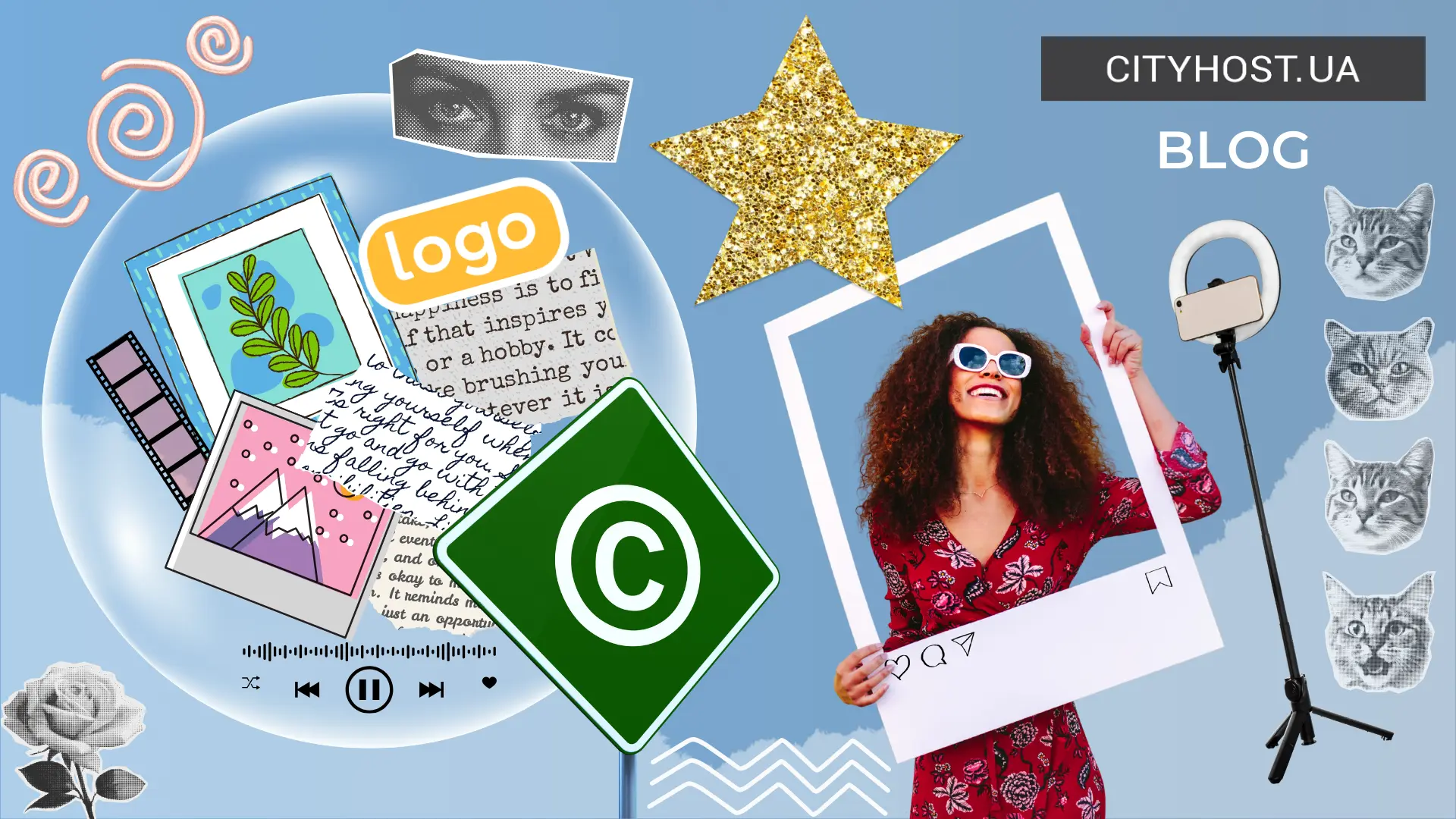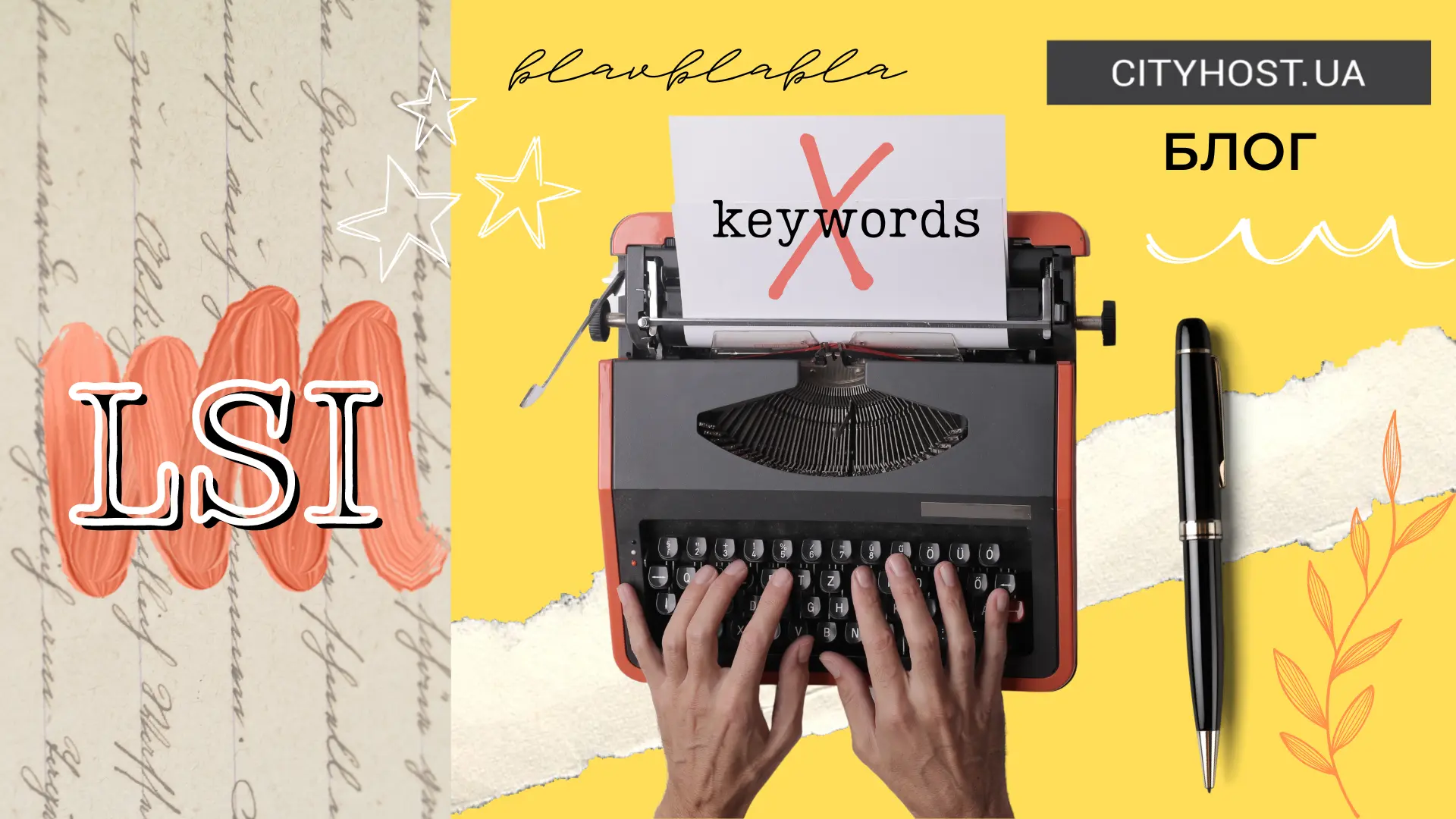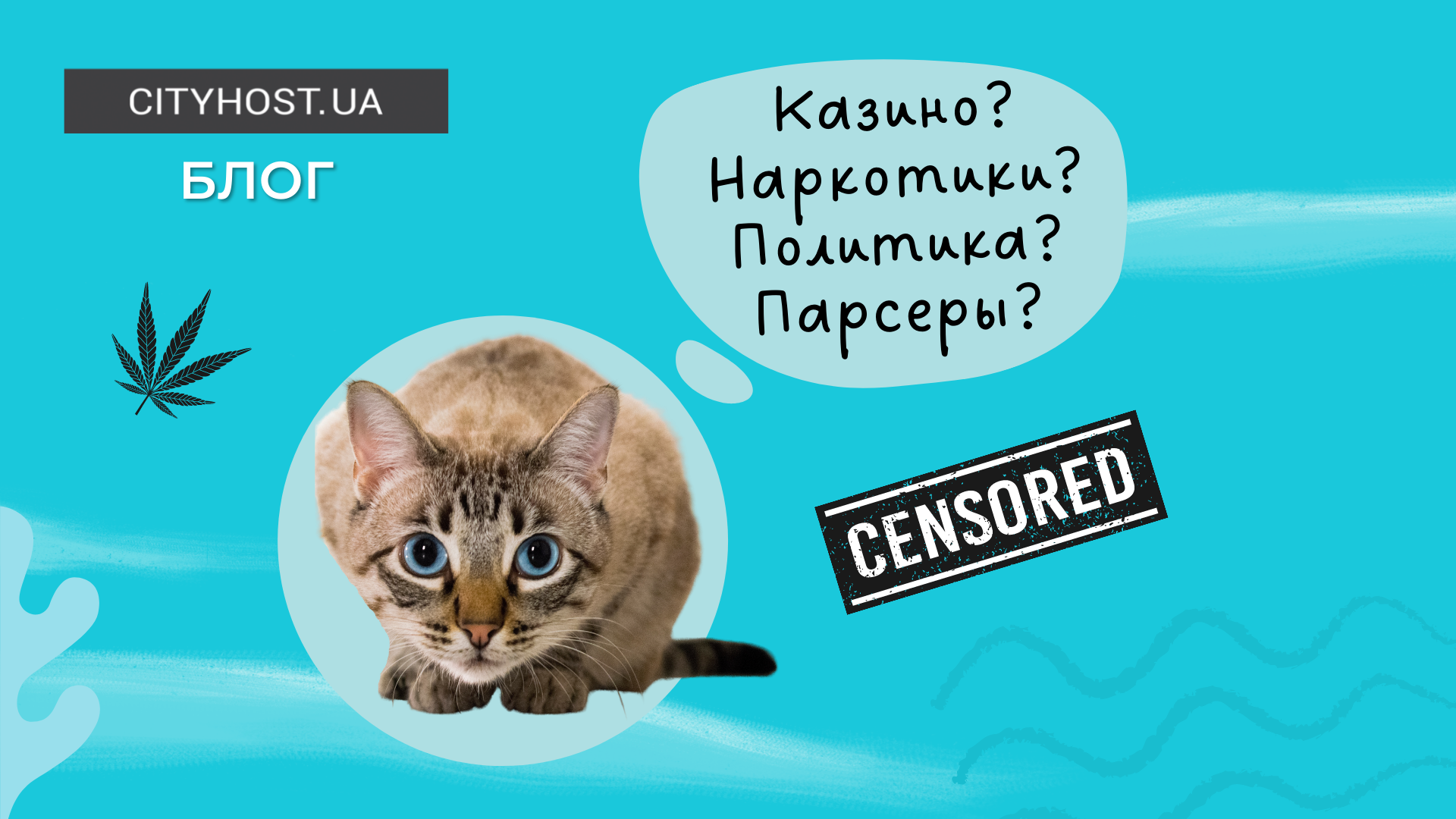
In the modern world, there are numerous methods for protecting copyright with severe consequences for offenders, ranging from content seizure to monetary fines and criminal sanctions. However, people continue to consistently violate the laws of Ukraine, and creators of works cannot defend themselves against theft due to a lack of knowledge. This is precisely why we have provided a detailed overview of this crucial area, which remains one of the most contentious issues to date.
What is copyright
Copyright is a legal tool that grants authors or other rights holders the rights to use and control their works or inventions. Its primary goal is to protect individuals who have invested numerous resources in creating a product, allowing them to monitor its proper use and receive compensation for their efforts.
There are three types of copyright:
-
Moral Rights (Non-property Rights) – recognition of the authorship, preservation of anonymity, protection against unauthorized attribution, damage, and unauthorized alteration of content;
-
Property Rights – the ability to create copies in various forms, modify and adapt the project, complete control over the distribution of the work, and free performance before an audience;
-
Related Rights – protection of the interests of performers from the illegal use of their performances, organizations involved in collecting and distributing royalties, and protection of rights to use audio recordings.
Let's break down these types of copyright in simple terms. Moral rights belong entirely to the author from the moment the work is created, giving them the ability to control their project and remain anonymous. Property rights pertain specifically to the use of the work and can be transferred to others, while moral rights still remain with the creator. Related rights arise from the performance of the work, the production of phonograms or videograms. They initially belong to the author, who can then transfer them to others.
Legislative basis of copyright in Ukraine
The primary document defining the rights and obligations of authors, the procedure for the emergence, modification, and termination of copyright and related rights, is the Law of Ukraine "On Copyright and Related Rights". According to Article 5, the primary subject of copyright is the author of the work, and other individuals or legal entities can be subjects of property rights.
The objects of copyright are detailed in Article 6, including literary works, performances, lectures, speeches, musical works with or without lyrics, photographic works, computer programs, and databases. The objects of copyright also encompass essential components of a website, such as:
-
the source code created by the developer;
-
images, illustrations, logos, and other graphical content;
-
articles, blogs, news, page content, and other textual content;
-
audio and video materials, including music and podcasts;
-
the original design of the website and interface components;
-
the structure of the database or the logic of the site, considered as creative work.
According to Article 7, copyright protects only the form of expression of the object. All original works, whether disclosed or unfinished, are subject to protection, regardless of their purpose.
Article 8 of the Law of Ukraine "On Copyright and Related Rights" provides a list of objects that are not eligible for protection. These include news reports, expressions of folklore, acts of state authorities, laws, decrees, resolutions, state standards, theories, methodologies, concepts, monetary symbols, abbreviations, telephone directories, etc.
How copyright works online
Users of online platforms (social networks, blogs, corporate websites, online stores) must adhere to copyright laws: they should publish their own content or content from others only with the permission of the author or rights holder. In other words, the moment a person uses an image (video, song) on their social media profile, adds it to their website, or uses it in advertising, they automatically become an infringer.
Read also: Fakes and disinformation: learning to recognize false information on the Internet
To fully understand copyright on the internet, it is important to delve into its key principles:
-
automatic protection – every work is automatically protected by copyright ("presumption of authorship"), even if not published on the internet;
-
copyright after distribution – copyright remains with the author, who can independently determine the conditions for the use of the work;
-
licenses and permissions – every author has the right to grant a license for the use of their work with specific conditions (absence of content monetization, one-time or recurring payment);
-
copyright infringement online – uploading, copying, distributing, or otherwise using a work without the owner's permission is a violation of Ukrainian law;
-
collective management of rights – numerous online platforms allow, for a certain fee, the use of other works, and their owners receive financial compensation.
A good example of copyright protection on the Internet is YouTube. If you use someone else's music, a clip fragment, or a movie in your video, the system instantly imposes sanctions, ranging from restricting video display in certain countries and lack of monetization to strikes and channel blocking. However, certain platforms allow users to purchase licenses for content use; for instance, some DJs buy such licenses to create and monetize their mixes on YouTube.

The rules for using the materials of the website are most often found in the footer (at the bottom of the site) or on a separate page.
How to protect your copyrights
Copyrights are established from the moment a work is created. They are automatically generated, meaning there is no need to publish or register your creation to protect it. However, in case of disputes (for example, another website owner claims to have written the article first), having substantial evidence is crucial.
We recommend not waiting for contentious situations and consistently following copyright protection rules:
-
Material fixation. There are various ways to document a work, such as uploading the file to Google Drive, sending the project to yourself via email, adding text to a website with the "revision history" function, and more.
-
Check your work. Always check textual content for uniqueness, as search engines promote original materials. This also helps protect your rights, as services store the history of checks with complete dates and references, providing additional copyright protection.
-
Use the copyright symbol. The copyright symbol (©), along with information about the rights holder and the year of creation, should be placed on the original and each copy.
-
Apply a watermark. Many services allow you to place a watermark on photos. Some may attempt to remove or crop it, but doing so would violate the law.

Often, platforms for selling images densely overlay watermarks on photos, making them impossible to use — this is how they protect the rights of the authors.
-
Protection against copying. Website owners can use attributes that make even text selection impossible. To learn specific methods and their consequences, it is recommended to read our article on protecting website content from copying.
-
Register the right to the work. You can protect both property and non-property rights by entering information about your project into the State Register.
It's essential to highlight the concept of a "work for hire," where an individual creates material at work and receives compensation (salary or fee). In this case, non-property rights remain with the creator, while property rights belong to the employer. The employer then decides where, when, and how to use your material.
Read also: Phishing — how not to fall for the tricks of fraudsters and recognize a fake site
How to use content without violating copyrights
Using someone else's content without permission is an automatic violation of copyright. However, there's a desire to share an interesting song, video, photo, or quote with readers on social media. Moreover, such content sharing can be seen as free advertising for the creator. So, why can't you use some material without spending time obtaining permission?
In reality, there are situations where you can use another person's work without their explicit permission. To navigate these situations and avoid future problems, consider the following tips:
-
Credit the author and source. You can use others' materials without permission if the use is "justified by the purpose," meaning it supports your opinion, informs people, etc. However, it's crucial to credit the author, and they may still request you or the platform to remove the project with their property.
-
Use appropriate licenses. Use materials with free or permissive licenses. For instance, sharing an author's social media page is generally acceptable.
-
Follow citation rules. When using someone else's content, consider the volume of the quote and always cite the source.
-
Transform works properly. In Ukraine since 2016, derivative works, i.e., creative transformations of content, are allowed. However, it's essential to still mention the name and source of the borrowed material.
Despite various ways to use someone else's content without explicit permission, it's crucial to remember the consequences of such actions. Some creators may simply ask you to remove their content, while others might pursue legal action, leading to potential fines, community service, or imprisonment. This is why it's essential to be cautious and follow basic rules. Ideally, creating original content or commissioning it from professionals is the safest route.
Read also: What is picture hosting and how does it differ from photo stock
Conclusion
Copyright is an effective tool for authors, aiding them in protecting their projects. In Ukraine, there is a corresponding law with a detailed description of terms, subjects, and objects, including the presumption of authorship, related rights, co-authorship, and other aspects of this legal instrument.
However, many individuals continue to violate copyright, emphasizing the need for authors to take independent measures to protect their works. This ranges from various methods of material fixation to registering their projects. Conversely, if you choose to use someone else's content, be sure to check the license and adhere to the rules outlined in our article. This way, you can save time, preserve your peace of mind, and avoid legal consequences!









